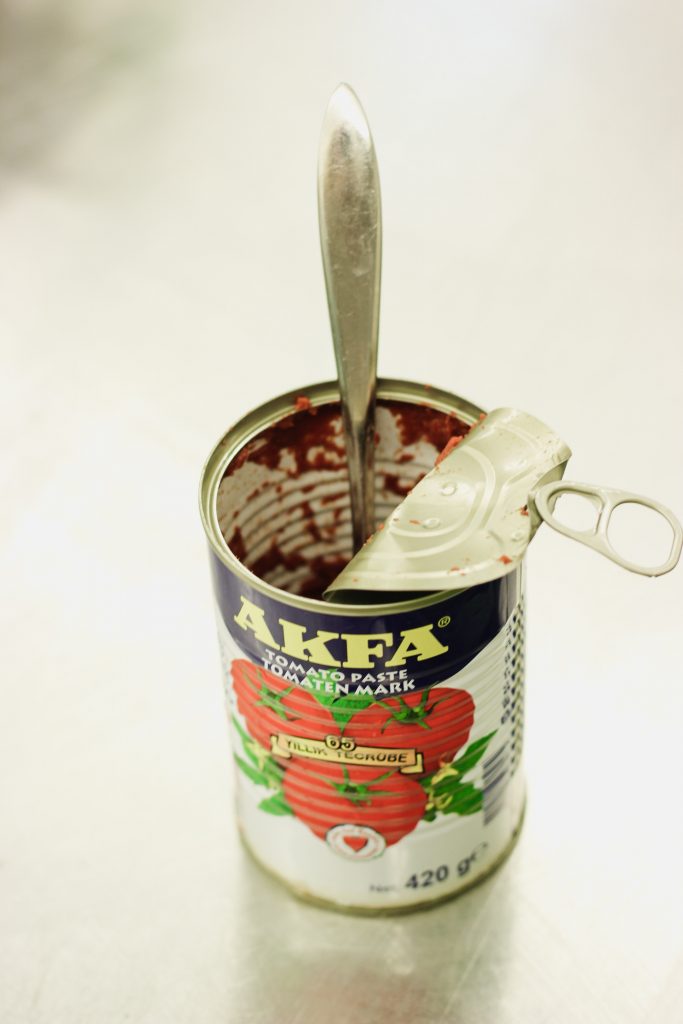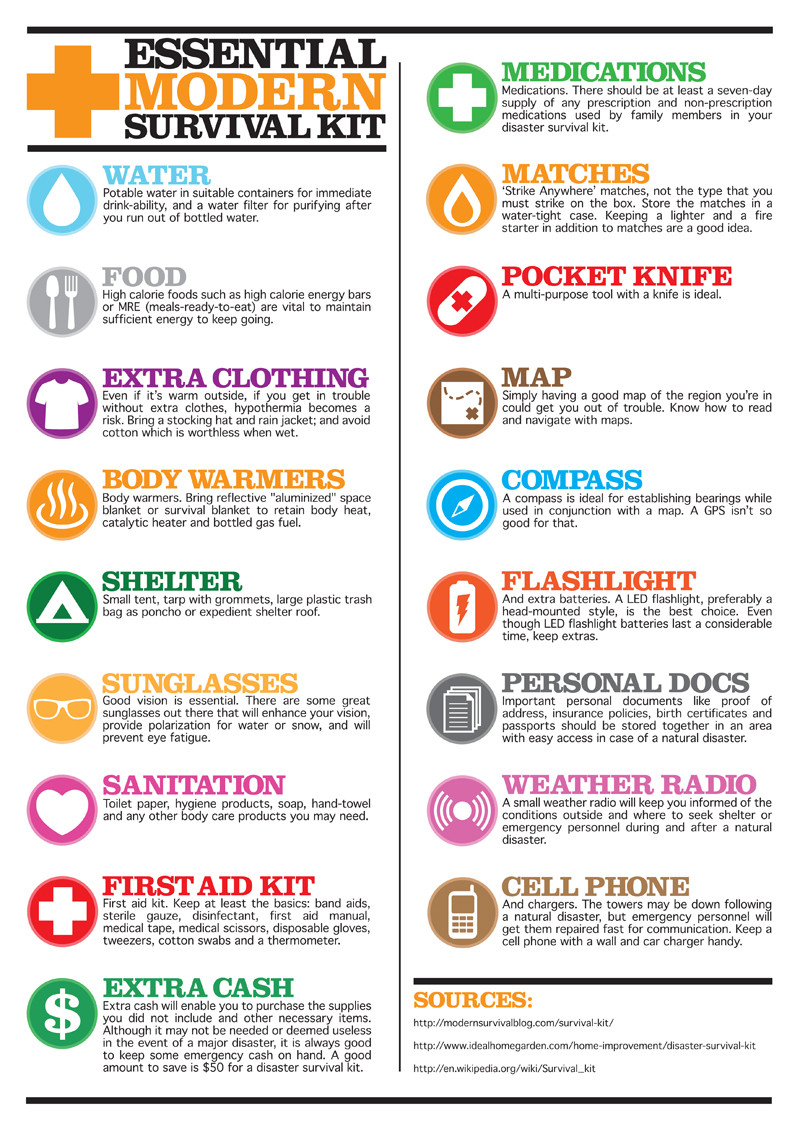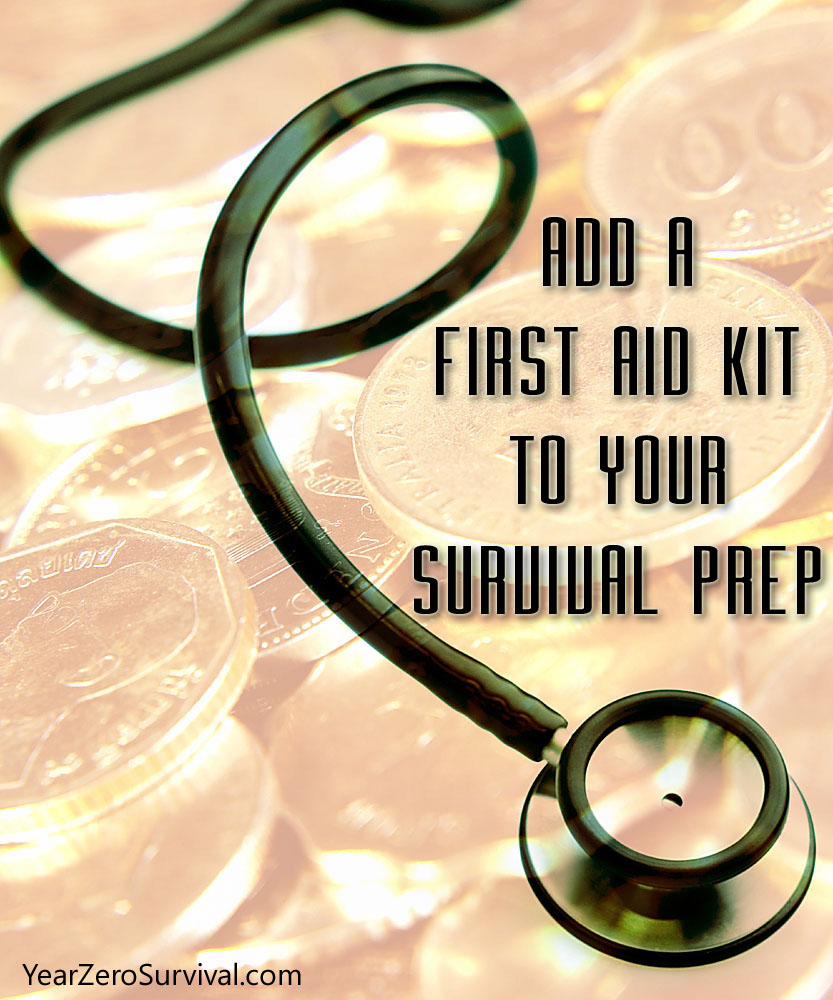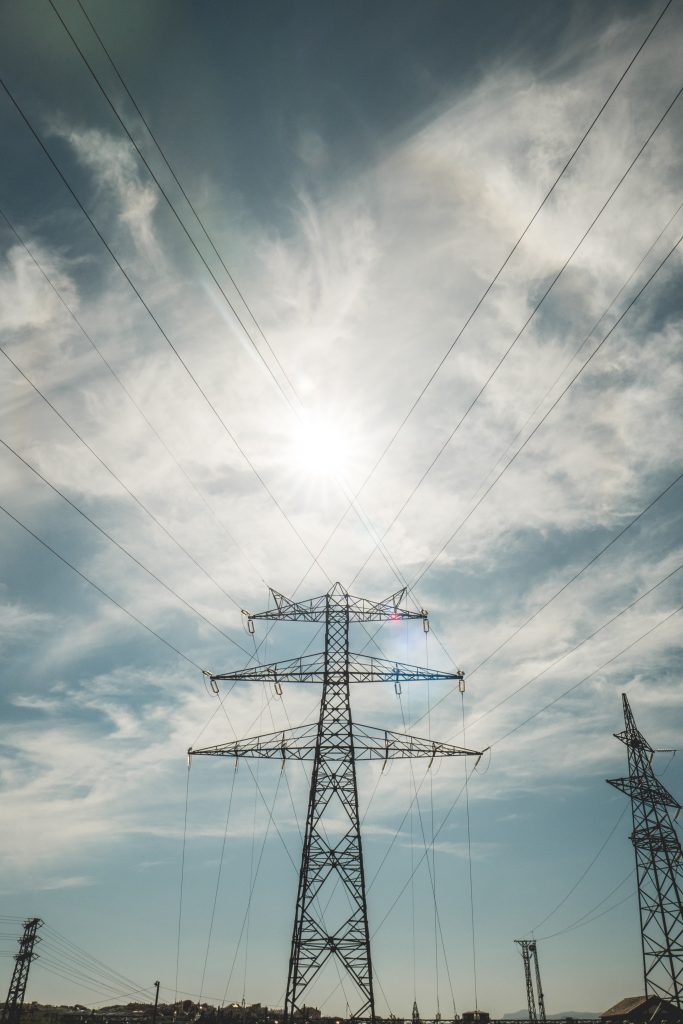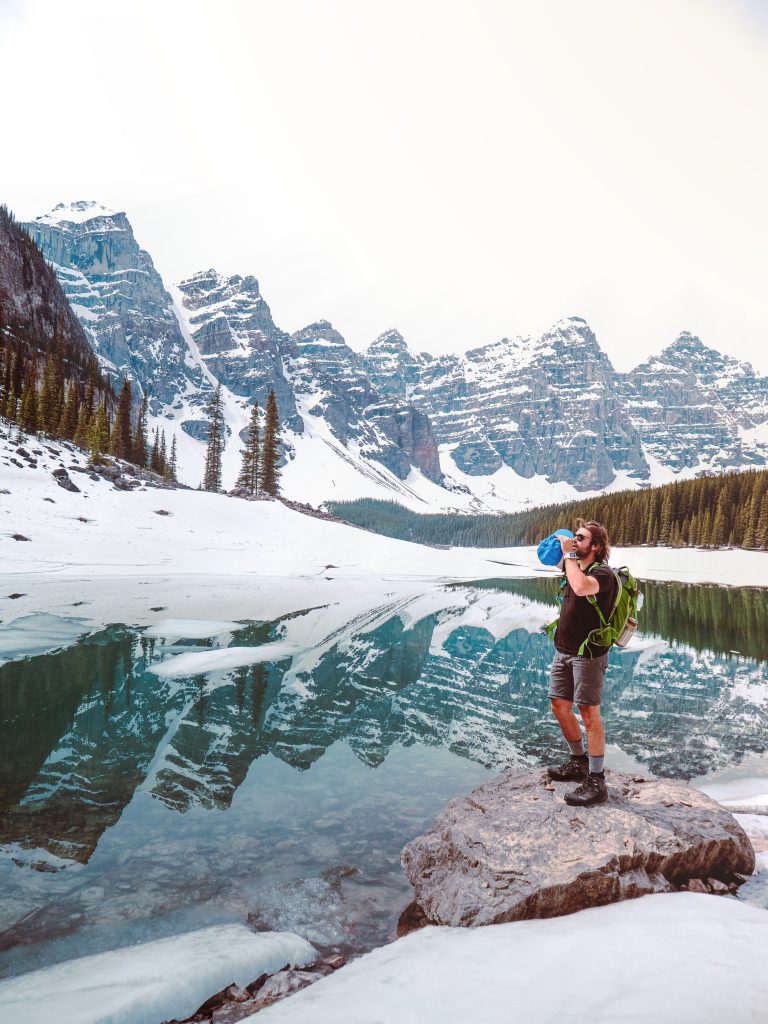We saw it with Sandy, and now you are seeing it with the severe winter storms this year. We saw it with Covid, the un-prepared hoards of people buying anything and everything off of the store shelves. (remember the toilet paper run of 2020)
Natural disasters happen. It’s Mother Nature. Do you think you could last a few days, weeks, or even months without the basics of food, water, gas and electricity?
What is your plan? Do you have food insurance built up? Water? Fuel? Etc…
You can start small and build up your supplies over time. You may even have many of theses items already.
Below is a list of the 100 items most likely to disappear in a disaster scenario:
1. Generators (Good ones cost dearly. Gas storage, risky. Noisy…target of thieves; maintenance etc.)
2. Water Filters/Purifiers
3. Portable Toilets
4. Seasoned Firewood. Wood takes about 6 – 12 months to become dried, for home uses.
5. Lamp Oil, Wicks, Lamps (First Choice: Buy CLEAR oil. If scarce, stockpile ANY!)
6. Coleman Fuel. Impossible to stockpile too much.
7. Guns, Ammunition, Pepper Spray, Knives, Clubs, Bats & Slingshots.
8. Hand-can openers, & hand egg beaters, whisks.
9. Honey/Syrups/white, brown sugar
10. Rice – Beans – Wheat
11. Vegetable Oil (for cooking) Without it food burns/must be boiled etc.,)
12. Charcoal, Lighter Fluid (Will become scarce suddenly)
13. Water Containers (Urgent Item to obtain.) Any size. Small: HARD CLEAR PLASTIC ONLY – note – food grade if for drinking.
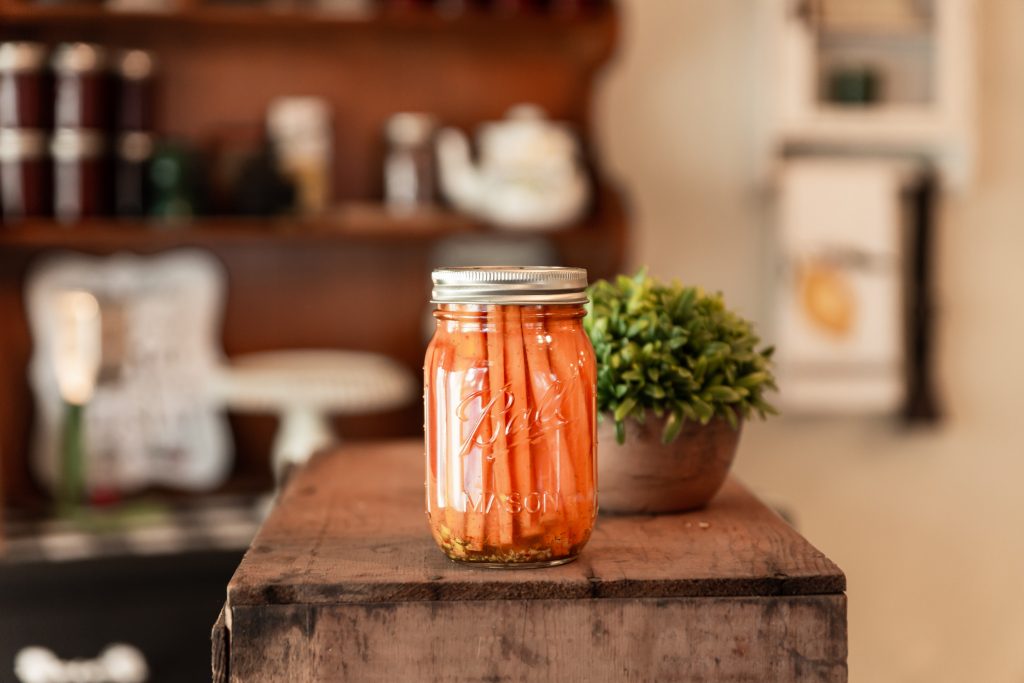
14. Mini Heater head (Propane) (Without this item, propane won’t heat a room.)
15. Grain Grinder (Non-electric)
16. Propane Cylinders (Urgent: Definite shortages will occur.
17. Survival Guide Book.
18. Mantles: Aladdin, Coleman, etc. (Without this item, longer-term lighting is difficult.)
19. Baby Supplies: Diapers/formula. ointments/aspirin, etc.
20. Washboards, Mop Bucket w/wringer (for Laundry)
21. Cookstoves (Propane, Coleman & Kerosene)
22. Vitamins
23. Propane Cylinder Handle-Holder (Urgent: Small canister use is dangerous without this item)
24. Feminine Hygiene/Hair-care/Skin products.
25. Thermal underwear (Tops & Bottoms)
26. Bow saws, axes and hatchets, Wedges (also, honing oil)
27. Aluminum Foil Reg. & Heavy Duty (Great Cooking and Barter Item)
28. Gasoline Containers (Plastic & Metal)
29. Garbage Bags (Impossible To Have Too Many).
30. Toilet Paper, Kleenex, Paper Towels
31. Milk – Powdered & Condensed (Shake Liquid every 3 to 4 months)
32. Garden Seeds (Non-Hybrid) (A MUST)
33. Clothes pins/line/hangers (A MUST)
34. Coleman’s Pump Repair Kit
35. Tuna Fish (in oil)
36. Fire Extinguishers (or large box of Baking Soda in every room)
37. First aid kits
38. Batteries (all sizes…buy furthest-out for Expiration Dates)
39. Garlic, spices & vinegar, baking supplies
40. Big Dogs (and plenty of dog food)
41. Flour, yeast & salt
42. Matches. {“Strike Anywhere” preferred.) Boxed, wooden matches will go first
43. Writing paper/pads/pencils, solar calculators
44. Insulated ice chests (good for keeping items from freezing in Wintertime.)
45. Work-boots, belts, Levi’s & durable shirts
46. Flashlights/LIGHTSTICKS & torches, “No. 76 Dietz” Lanterns
47. Journals, Diaries & Scrapbooks (jot down ideas, feelings, experience; Historic Times)
48. Garbage cans Plastic (great for storage, water, transporting – if with wheels)
49. Men’s Hygiene: Shampoo, Toothbrush/paste, Mouthwash/floss, nail clippers, etc
50. Cast iron cookware (sturdy, efficient)
51. Fishing supplies/tools
52. Mosquito coils/repellent, sprays/creams
53. Duct Tape
54. Tarps/stakes/twine/nails/rope/spikes
55. Candles
56. Laundry Detergent (liquid)
57. Backpacks, Duffel Bags
58. Garden tools & supplies
59. Scissors, fabrics & sewing supplies
60. Canned Fruits, Veggies, Soups, stews, etc.
61. Bleach (plain, NOT scented: 4 to 6% sodium hypochlorite)
62. Canning supplies, (Jars/lids/wax)
63. Knives & Sharpening tools: files, stones, steel
64. Bicycles…Tires/tubes/pumps/chains, etc
65. Sleeping Bags & blankets/pillows/mats
66. Carbon Monoxide Alarm (battery powered)
67. Board Games, Cards, Dice
68. d-con Rat poison, MOUSE PRUFE II, Roach Killer
69. Mousetraps, Ant traps & cockroach magnets
70. Paper plates/cups/utensils (stock up, folks)
71. Baby wipes, oils, waterless & Antibacterial soap (saves a lot of water)
72. Rain gear, rubberized boots, etc.
73. Shaving supplies (razors & creams, talc, after shave)
74. Hand pumps & siphons (for water and for fuels)
75. Soy sauce, vinegar, bullions/gravy/soup-base
76. Reading glasses
77. Chocolate/Cocoa/Tang/Punch (water enhancers)
78. “Survival-in-a-Can”
79. Woolen clothing, scarves/ear-muffs/mittens
80. Boy Scout Handbook, / also Leaders Catalog
81. Roll-on Window Insulation Kit (MANCO)
82. Graham crackers, saltines, pretzels, Trail mix/Jerky
83. Popcorn, Peanut Butter, Nuts
84. Socks, Underwear, T-shirts, etc. (extras)
85. Lumber (all types)
86. Wagons & carts (for transport to and from)
87. Cots & Inflatable mattress’s
88. Gloves: Work/warming/gardening, etc.
89. Lantern Hangers
90. Screen Patches, glue, nails, screws,, nuts & bolts
91. Teas
92. Coffee
93. Cigarettes
94. Wine/Liquors (for bribes, medicinal, etc,)
95. Paraffin wax
96. Glue, nails, nuts, bolts, screws, etc.
97. Chewing gum/Candy/Chocolate
98. Atomizers (for cooling/bathing)
99. Hats & Bandanas, cotton neckerchiefs
100. Goats/Chickens/Rabbits
Some Thoughts From a Sarajevo War Survivor:
Experiencing horrible things that can happen in a war – death of parents and
friends, hunger and malnutrition, endless freezing cold, fear, sniper attacks.
1. Stockpiling helps. But you never no how long trouble will last, so locate
near renewable food sources.
2. Living near a water well with a manual pump is like being in Eden.
3. After awhile, even gold can lose its luster. But there is no luxury in war
quite like toilet paper. Its surplus value is greater than gold‘s.
4. If you had to go without one utility, lose electricity – it’s the easiest to
do without (unless you’re in a very nice climate with no need for heat.)
5. Canned foods are awesome, especially if their contents are tasty without
heating. One of the best things to stockpile is canned gravy – it makes a lot of
the dry unappetizing things you find to eat in war somewhat edible. Only needs
enough heat to “warm”, not to cook. It’s cheap too, especially if you buy it in
bulk.
6. Bring some books – escapist ones like romance or mysteries become more
valuable as the war continues. Sure, it’s great to have a lot of survival
guides, but you’ll figure most of that out on your own anyway – trust me, you’ll
have a lot of time on your hands.
7. The feeling that you’re human can fade pretty fast. I can’t tell you how many
people I knew who would have traded a much needed meal for just a little bit of
toothpaste, rouge, soap or cologne. Not much point in fighting if you have to
lose your humanity. These things are morale-builders like nothing else.
8. Slow burning candles and matches, matches, matches

